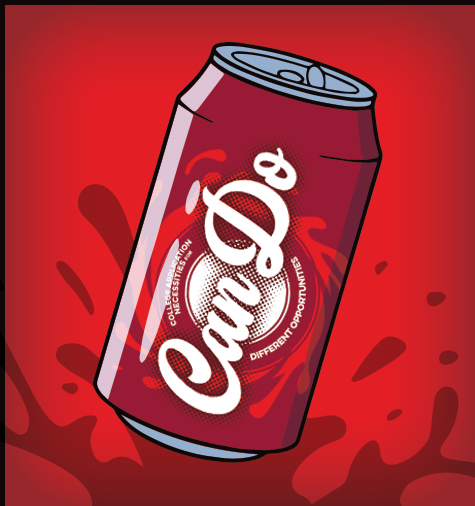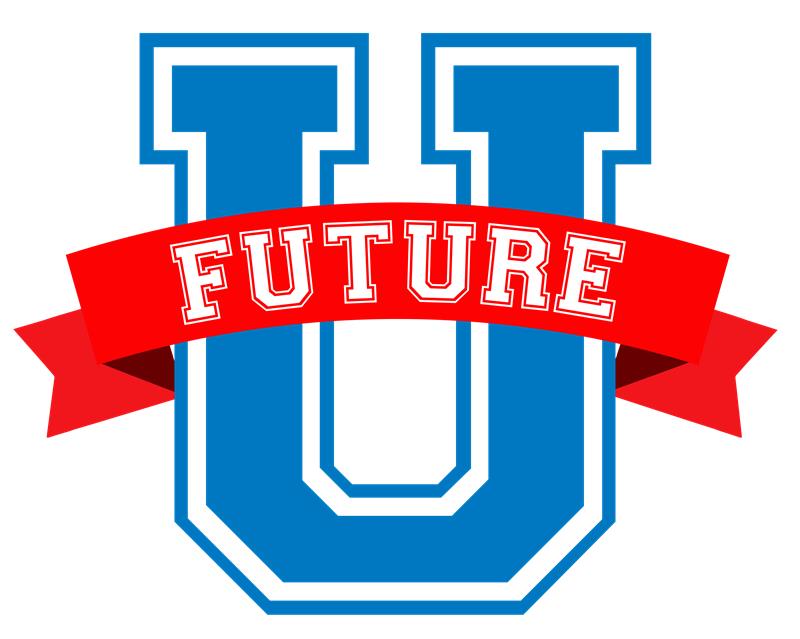Summary
This professional learning session looks at K20's CAN DO resources. CAN DO stands for College Application Necessities for Different Opportunities. At the beginning of this session, participants will review common college vocabulary and application data. They will then explore the different resources in the CAN DO kit and look at how they can use them to boost their school's postsecondary education culture.
Essential Questions
How can I support students applying to college?
Materials List
Presentation Slides (attached)
Forbidden Phrases Cards (attached; one set per pair of participants)
CAN DO Kit (attached; one per participant)
Stickers Template (attached)
Large poster paper
Sticky notes
Markers
Pens/Pencils
Device with internet (optional)
Learning Goals
Understand the variety of resources available in the CAN DO kit.
Brainstorm an implementation plan of college application support in your school.
Engage
10 Minute(s)
Display slides 2–4 of the attached Presentation Slides with the essential question and session objectives, and make introductions. Place participants in pairs and provide each pair with a set of cards from the attached Forbidden Phrases Cards. Transition to slide 5 and introduce the Forbidden Phrases instructional strategy. In this strategy, one participant prompts another to guess a specific word on a card but they cannot say the four forbidden associated words. Explain to participants that they will be taking turns guessing the forbidden phrases.
Explore
10 Minute(s)
Transition to slide 7 and introduce a modified version of the Sticky Bars instructional strategy. Have each participant take two sticky notes to place on the sticky bars line based on their response. The numbers reflect how much participants agree with each statement, with “1” corresponding to “strongly disagree” and “8” corresponding to “strongly agree.” Display slide 8 and ask participants if they agree with the following statements:
I am prepared to help students apply to college. (Place sticky note above the line, at the number that corresponds with your level of agreement.)
Students have dedicated time at school to apply to college. (Place sticky note below the line, at the number that corresponds with your level of agreement.)
Once all notes have been placed, the line should represent a distribution graph of all participants' beliefs. Facilitate a brief discussion based on the notes. Move to slide 9 and pose the following questions to allow participants to reflect on their own experience:
How much help did you have?
What aspects of applying to college were difficult for you?
Provide time for participants to share their responses within their groups. Once groups have shared, have them come up with one significant takeaway to share out for their table.
Explain
15 Minute(s)
Transition to slide 10. Place participants into groups of four and pass out the attached CAN DO Kit and a few sticky notes to each group. Explain that they will be using the Jigsaw strategy to review resources from the CAN DO Kit. In each of the groups, assign one of the following four handouts per participant (see below).
Pre-Application Information
Letter of Recommendation Template
College Scouting
Scholarship Resources
Allow a few minutes for each person in the group to review their handout. Display slide 11. As they review their handout, have participants reflect using the strategy I Notice, I Wonder. Have participants jot down one thing they noticed or that stood out to them and one thing they are still wondering or have a question about.
When everyone is finished, have participants take a few minutes to share what they noticed and wondered and to discuss any other key information from the handout with their group members.
Extend
10 Minute(s)
Display slide 12, which has a QR code to the "CAN DO Web Resources.'' This webpage includes a collection of links that can help students complete each handout.
Have participants turn to the attached Facilitator Implementation Guide, the first page in their CAN DO kit. Provide time for participants to review the web resources, and to think about the tasks and time frame. They can use backward design to begin planning.
Move to slide 13 and give participants time to share out and ask questions about what they saw in the CAN DO Kit. Pose the following questions:
What questions do you have at this time?
What changes do you foresee making to best fit the needs of your students and school?
Allow time for participants to share out and brainstorm solutions for possible modifications.
Evaluate
10 Minute(s)
Display slide 14, and introduce the Mirror, Microscope, Binoculars instructional strategy. Move to slide 15. Each participant will answer the following three prompts on an individual sticky note:
Mirror: How has this experience changed my thinking?
Microscope: How can these resources be utilized?
Binoculars: What can be done to improve our school’s postsecondary education culture?
Once participants have responded, invite them to post their responses on the designated posters around the room. If time allows, read a few of the responses and answer any questions that may arise.
Follow-Up Activities
Begin facilitating Can Do monthly meetings with seniors. Possible meeting options include utilizing an advisory class, meeting after school, or using one class period per month. Use the attached Stickers template to create stickers that can be given to students as they attend each monthly meeting and complete college application tasks.
Pre-Application Information: yellow sticker
Essay or Letter of Recommendation: green sticker
FAFSA: red sticker
Researching colleges: blue sticker
Scholarships: purple sticker
Research Rationale
Students who attend college after graduation and complete a four-year degree enjoy greater job satisfaction and better quality of life post-graduation, and college graduates have significantly better opportunities for upward career mobility and earning a living wage (Okerson, 2016). College readiness is a process, not a program. The reasons students do not matriculate to college are many and varied (King, 2012). To mitigate the college-going gap, high school students need both support and assistance in preparing for and attending college (Radcliffe & Bos, 2013; King, 2012; Sherwin, 2012). Many students have no idea where to begin when searching for a college that will best fit their needs as a student. When students can envision themselves on a particular college campus that meets their personal, social, academic, and financial needs, this is college fit or match (Sherwin, 2012). According to Venezia & Jaeger (2013), college fit is defined as being comfortable with aspects of the university or college such as cost, location, size, student-faculty ratio, counseling and advising services, student body composition, and areas of study offered. Students do not know that they can and should consider these things when applying to college. Alvarado and An (2015), Belasco (2012), and King (2012) all found that minority students, first-generation college applicants, and students whose families have low socioeconomic status (SES) rely more heavily on their schools for guidance when it comes to finding and applying to the best college for them. Therefore, providing students an intentional opportunity to explore and understand the multiple options available for college will help create a college-going culture within the school and establish clear expectations that all students have the ability and opportunity to attend college.
Resources
Alvarado, S. E. & An, B. P. (2015). Race, friends, and college readiness: Evidence from the high school longitudinal study. Journal of Race and Social Problems, 7(2), 150–167.
Belasco, A. (2013). Creating college opportunity: School counselors and their influence on postsecondary enrollment. Research in Higher Education, 54(7), 781–804.
International Student. (2017). Sample college admission essays. https://www.internationalstudent.com/essay_writing/college_essay/
K20 Center. (n.d.). CAN DO web resources. http://k20.ou.edu/cando
K20 Center. (n.d.). Sticky bars. Strategies. https://learn.k20center.ou.edu/strategy/129
K20 Center. (n.d.). Forbidden phrases. Strategies. https://learn.k20center.ou.edu/strategy/3342
K20 Center. (n.d.). I notice, I wonder. Strategies. https://learn.k20center.ou.edu/strategy/180
K20 Center. (n.d.). Jigsaw. Strategies. https://learn.k20center.ou.edu/strategy/179
K20 Center. (n.d.). Mirror, microscope, binoculars. Strategies. https://learn.k20center.ou.edu/strategy/3020
King, S. (2012). Increasing the college-going rate, parent involvement, and community participation in rural communities. Rural Educator, 33(2), 20–26.
Okerson, J. R. (2016). Beyond the campus tour: College choice and the campus visit [Doctoral dissertation, College of William and Mary]. W&M ScholarWorks. https://scholarworks.wm.edu/etd/1463413085/
Radcliffe, R. & Bos, B. (2013). Strategies to prepare middle school and high school students for college and career readiness. The Clearing House, 86, 136–141.
Sherwin, J. (2012). Make me a match: Helping low-income and first-generation students make good college choices [Policy brief]. MDRC. https://www.mdrc.org/work/publications/make-me-match
Venezia, A., & Jaeger, L. (2013, Spring). Transitions from high school to college. The Future of Children, 23(1): 117–136. https://doi.org/10.1353/foc.2013.0004



